Industry Presentations – 1
(12 April, 14:00 CST, Room 414, 4th Floor)
INTEL
Title: From 5G Edge Computing to 6G Ubiquitous Computing: Challenges and Design Considerations
Abstract: 5G enabled edge computing that brings computing to cloud edges. Moving into 6G, one of the key pursuits is to enable ubiquitous computing to empower future use cases and applications. Compare to today’s edge computing which is an extension of national center cloud to regional edge locations, ubiquitous computing has unique characteristics: computing resources are widely distributed across mobile devices, network nodes and data centers and across multiple security and ownership domains; computing resources in mobile devices and network nodes are limited and therefore requires agile and fine granule resource control; wireless connection and mobility adds complexity as compared to always-connected wireline connection. Those unique characteristics impose new challenges that cannot be fully addressed by the design approach of scaling down from data center cloud. This talk will discuss the evolution from 5G edge computing to 6G ubiquitous computing, the system characteristics and challenges, and potential design directions.
Biography:
 Clara Li
Clara Li
Dr. Clara Li is a Senior Principal Engineer with the Next Generation and Standards division of Intel. Since joined Intel in 2012, Clara has been working on LTE and 5G communications system design and standardization in the area of air interface, radio access network, core network, and edge computing. Clara is currently leading 6G technology development in Intel. She also serves as the Chair of the Technology Steering Committee of IOWN GF. Clara received her PhD degree from Nanyang Technological University, Singapore in 2011. She has more than 40 IEEE journal and conference publications, 4 book chapters, and 28 US patents.
KEYSIGHT
Title: Testing the RIC – How to Trust Your xApp Store Purchases
Abstract: With the increase of artificial intelligence and machine learning being incorporated into the RAN Intelligent Controller in ORAN, there becomes an increasing need to validate performance of xApps developed either for internal development or for the testing of third party RICs. To ensure reliability and performance, xApp and Near Real-Time RIC development requires complete testing ecosystems that account for scalability and density of ORAN components. This presentation will discuss the various scenarios, traffic models, and test topologies needed to create a well-rounded testbed for tuning xApps for a given use case. In order to guarantee that AI/ML algorithms work as designed, testbeds are necessary throughout the design to deployment process and need cloud native tools that can scale alongside.
Biography:
 Ben Coffin
Ben Coffin
Ben Coffin is a Solutions Marketing Manager for PHY and ORAN emulators at Keysight Technologies. Having spent the last decade in the test and measurement industry, Ben has spent his time in business development, product management and systems engineering roles across the wireless communications space. Ben is enthusiastic about telling the stories about how the technology in the wireless world is advancing and how the bleeding edge finds root through research and industry and academic collaboration. Ben has his Bachelors in Wireless Engineering from Auburn University.
NEC
Title: NEC Open 5G Networks, Open RAN Challenges, Opportunities and Benefits
Abstract: The global wireless operators are in the process of rolling out 5G, the next generation of wireless technology. And unlike previous generations, 5G is truly transformative, leveraging the concepts of disaggregation and open interfaces with a promise of significant savings on Opex/Capex for operators and lowering the barrier of entry for small and mid-size vendors levelling the playing field and driving the innovation engine.
However, some of the large network equipment providers (NEP), whose proprietary technology has dominated this technology segment for decades, would undoubtedly be adversely impacted by new standards and more competitive landscape. As a result, incumbent vendors have been espousing the benefits of their traditional, aggregated technologies and aggressively cautioning the market about the potential pitfalls of deploying disaggregated wireless functions. Their business demanded this response, but it has caused confusion in the market and has delayed the proliferation of Open RAN.
As a result, the industry is in a state of confusion and uncertainty regarding the feasibility of the Open RAN technology and its benefits. There is a grave need to educate the professionals in the industry and foster an active discussion about the challenges, readiness, and the benefits of Open RAN to dispel the unfounded fears and uncertainties.
In this regard, the proposed session will help drive the 5G vision and catalyse the deployment of open technologies helping the operators, vendors and users benefits from its promises.
Biography:
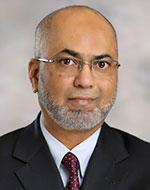 Irfan Lateef
Irfan Lateef
Irfan Lateef is a Principal Solution Architect at NEC, where he supports the global 5G business development activities, End-to-End solution engineering, partnership and alliances and sales engineering.
He has over 25 years of experience in Telecom industry in wireline and wireless technologies including, evolving compute/network virtualization (SDN/NFV) and wireless (4G,5G) technologies directing multi-sized global teams to build new products and complex solutions for driving new revenues. Leverages trusted relationships with senior executives for driving pre-sales, solution architecture and business development activities.
Most recently, he has been focusing on 5G Open RAN, massive MIMO and Machine Learning technologies deployments in global Tier1 operators. He is a global technology leader who leverages technical strategy, innovative thinking, and business experience to create and sell transformative solutions in telecom industry.
Before NEC, Irfan has worked in AT&T, Verizon, Juniper, Lucent Bell Labs and several other startups and Tier1 telecom equipment vendors.
He has a PhD in Computer Engineering and Master’s in Telecommunications, and topics of interest include Machine Learning, Artificial Intelligence, Eigendecomposition, Signal processing, Anomaly Detection and RAN Cross-Layer Optimization.
Industry Presentations – 2
(13 April, 14:00 CST, Room 414, 4th Floor)
ZTE
Title: Key Use Cases and Latest Progress in Prototyping, Testing & Standardization of RIS
Abstract: With the standardization and commercialization completed in an unforeseen pace for the 5th generation (5G) of wireless networks, researchers, engineers and executives from academia and industry have turned their sights to new candidate technologies that can support the next generation of wireless networks. Reconfigurable intelligent surfaces (RIS), sometimes referred to as intelligent reflecting surfaces (IRS), have been identified as a vital component of future wireless networks, because they can reconfigure the propagation environment by using low-cost nearly-passive devices. With the aid of RISs, the coverage of a cell can be expected to significantly increase, and with it the overall throughput of the network. RISs have not only become an attractive research area but have also triggered several collaborative research projects that aim to develop innovative algorithmic solutions and hardware demonstrators and prototypes. In parallel, activities towards standardization have already taken off in some regions. Promoting RISs to be integrated into future commercial networks and to become a commercial success require significant standardization efforts that need to take place at regional-level standards developing organizations (SDO) and international-level SDOs, such as the 3rd Generation Partnership Project (3GPP). In this talk, the latest progresses on prototyping, testing and standardization of RIS will be shared, giving a full picture of industrialization of RIS.
Biography:
 Richie Leo
Richie Leo
Richie Leo (S'14-M'20) received the B.S. and M.S. degree (with honors) in electronic engineering from the Department of Electronic Engineering, Tsinghua University in 2016 and 2019 respectively. He is now a master researcher in the wireless research institute of ZTE Corporation, responsible for long-term research as well as standardization. His research interests include reconfigurable intelligent surfaces, wireless positioning, quantum communication and visible light communication. He is the author or co-author of one book and one book chapter. He has authored and submitted more than 450 technical documents to 3GPP TSG RAN4, where he served as the co-rapporteur of the work item (WI) on NR RRM enhancement and the feature lead of multiple features. He currently serves as the Vice Chair of ISG RIS in the ETSI. He actively participates in organizing committees, technical sessions, workshops, symposia and industrial panels in IEEE conferences as the chair, organizer, moderator or panelist. He serves as the Editor of ITU Journal of Future and Evolving Technologies (ITU J-FET) and the Associate Editor of IET Quantum Communication. He is the Standardization Officer for IEEE ComSoc ETI on reconfigurable intelligent surfaces (ETI-RIS) and the Standards Liaison Officer for IEEE ComSoc Signal Processing and Computing for Communications Technical Committee (SPCC-TC).
TII
Title: Unlocking the Potential of Sustainable Smart Cities (SSC) via Artificial Intelligence (A.I) & Telecom
Abstract: With 50% of worldwide population living in cities, and an exponential growth that should reach 66% by 2050, sustainable urban planning is amongst the major priorities identified within the UN Sustainable Development Goals (SDG). Unlocking barriers to safe & sustainable transportation systems for both citizens and goods is thus key to secure this transition.
In 2018, the Global Status Report on Road Safety, by World Health Organization (WHO), clearly outlined the worldwide tragedy of Road Safety, with 1.35 Million deaths per year, together with serious injuries up to 50 million. Many reasons can be identified, such as rapid urbanization, speeding, failure to wear seat-belts or helmets, driver’s distraction or drowsiness, impairment under the influence of drugs or alcohol...
Many of these causes are preventable. The United Nations (UN) have thus launched a global action program, “Road Safety 2030”, with the major target to halve deaths and injuries by at least 50%, from 2021 to 2030.
The technology revolution driven by Artificial Intelligence (A.I), jointly with 5G & 6G, is going to make a paradigm shift whilst addressing those challenges.
In October 2021, The ITU (International Telecommunication Union) and UN, have thus joined forces to trigger a global framework dedicated to A.I, for securing and accelerating this UN Road Safety effort, namely “A.I for Road Safety”.
We’ll thus support this nascent initiative, by reviewing from a pragmatic standpoint A.I based applications, products, and technologies being deployed (or soon) in the domain of Automotive, Urban traffic management, road infrastructure, and micro-mobility. Insights regarding market trends and regulations will also be shared, to complete the industry overview.
Finally, this represents also an opportunity to draw attention of the A.I & Telecom research community, onto the more global “AI for Good” initiative by UN and ITU, benefiting Real People, and Real World.
Biography:
 Thierry Lestable
Thierry Lestable
Dr. Thierry Lestable is the Executive Director of the Artificial Intelligence & Telecom systems Center (AITC) led by Prof. Mérouane Debbah, within the Technology Innovation Institute (TII) in Abu Dhabi.
Before this, Dr. Lestable was Director, heading the e-Mobility & Automotive Business Department from Sagemcom, addressing challenges raising from Intelligent & Connected Vehicles, to micro-mobility. Dr. Lestable was member of the Steering Committee from FIEV Federation, which represents Automotive Equipment Suppliers, where he promoted the benefits of A.I for road safety.
Prior to Automotive, he was heading the Industrial IoT Business Department, designing and manufacturing connected devices for the industry (Smart City, Smart Grid, …), rolling out LPWAN Networks worldwide.
Earlier, as Head of IoT Business Development & Strategic Partnerships, he actively participated to the Launch of IoT LoRa™ Alliance, being granted the position of Vice-chair for the Strategy Committee in June 2015, then from October 2015 till 2017 was the Vice-Chairman of the Alliance.
Dr. Lestable has +20 years’ experience in the Telecom, Mobility and Energy industry, steering industrial innovation, from spark of ideas to prototypes, products, standards, and systems, rolling-out networks, whilst leading new business development, within organizations such as Alcatel, Samsung, and Sagemcom.
He received Engg. Degree from Supélec in 1997, and Ph.D, in 2003 from Supélec/Paris Sud-Orsay.
Dr. Lestable is author of 35+ international publications, 20+ patents, editor of 1 Wiley Book on Advanced Channel Coding, co-author in 2 Wiley Books on B3G/4G systems, was Telecom Expert for the European Commission, Eureka Cluster CELTIC, and the French National Research Agency (ANR). He was Chair of the M2M Expert Group in eMobility European Technology Platform. In 2010, Dr. Lestable was member of the Telecom Steering committee of Systematic, a competitiveness pole, and created the IoT/M2M course in Supélec, where he was visiting lecturer for 7 years.
ROHDE & SCHWARZ
Title: On the Verge of 6G? An Early Test & Measurement Perspective
Abstract: While the deployment of 5G networks is in full swing worldwide, academia and key industry players have started to look into the next generation of wireless communication, aka 6G. This presentation will analyze the initial requirements that drive the technology evolution, examine the potential timeline for 6G, and look at the first technology components that eventually define the 6G wireless communication standard. Furthermore, due to some revolutionary aspects within these components, our industry must eventually define new methodologies and key performance indicators to test a future 6G-enabled mobile device and network. Test and measurement solutions need to adapt to these changes, and this talk provides a first perspective on these aspects.
Biography:
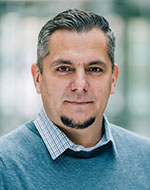 Andreas Roessler
Andreas Roessler
Andreas Roessler is working as a Technology Manager for Rohde & Schwarz, a premium supplier of test and measurement solutions to the wireless industry, headquartered in Munich, Germany. As a technology manager, he focuses on 3GPP’s 5G New Radio (NR) standard and advancing 6G research topics. His responsibilities include strategic marketing and product portfolio development for the entire value chain offered by Rohde & Schwarz test and measurement division. By carefully following industry trends and the standardization process for cellular communication standards, he gained over 15 years of experience in the mobile industry and wireless technologies. He holds an MSc in electrical engineering with a focus on wireless communication.
Industry Presentations – 3
(13 April, 16:00 CST, Room 414, 4th Floor)
Nokia
Title: Shaping up 6G: Markers on Disruptive Radio Technologies
Abstract: Imagine a world where the digital, physical and human seamlessly fuse to trigger extrasensory experiences. An era in which intelligent knowledge systems combined with robust computation capabilities make humans endlessly more efficient and redefine how we live, work and take care of the planet. Realizing this vision for 6G means meeting new requirements and this calls for disruptive technologies. Artificial Intelligence air-interface, scalable extreme MIMO, joint communication and sensing (JCAS), and sub-Thz systems have been discussed as potential new radio technologies. With a year or more of research behind us towards this 6G vision and technologies, what can we say about the potential of these new technologies? Will we see AI/ML applied in the physical layer of 6G? Will the capacity growth come from densification or more extreme MIMO? What about new spectrum for 6G? Will the JCAS systems be good enough to enable accurate object identification? While it is too early to tell definitively, we will share some preliminary results that points the way for further research, and ultimately the future.
Biography:
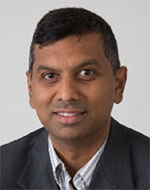 Harish Viswanathan
Harish Viswanathan
Dr. Harish Viswanathan is Head of Radio Systems Research Lab in Nokia Bell Labs. He received the B. Tech. degree from the Department of Electrical Engineering, Indian Institute of Technology, Chennai, India and the M.S. and Ph.D. degrees from the School of Electrical Engineering, Cornell University, Ithaca, NY. Since joining Bell Labs in October 1997, he has worked extensively on wireless research ranging from physical layer to network architecture and protocols including multiple antenna technology for cellular wireless networks, multi-hop relays, network optimization, network architecture, and IoT communications. He has published extensively with over 100 publications. From 2007 to 2015, Harish was in the Corp CTO organization, where as a CTO Partner he advised the Corporate CTO on Technology Strategy through in-depth analysis of emerging technology and market needs. He is a Fellow of the IEEE and a Bell Labs Fellow.







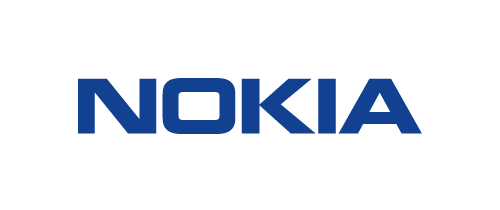

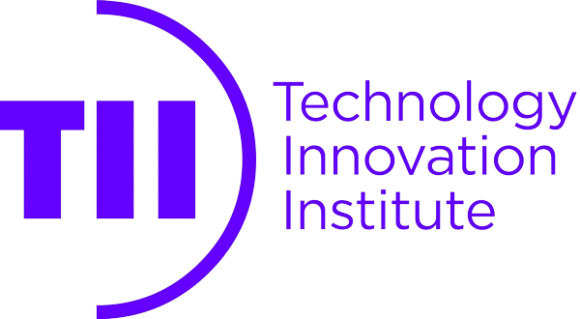



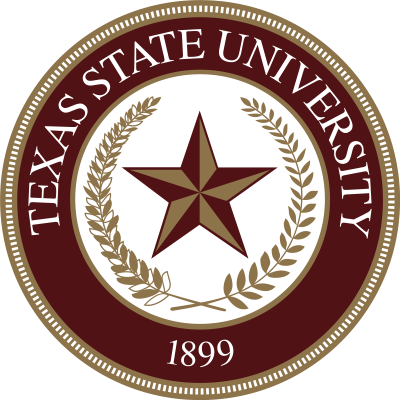
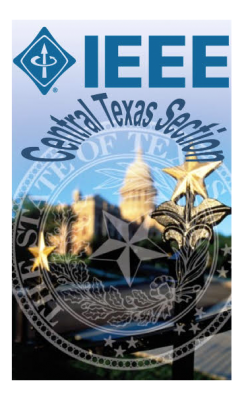
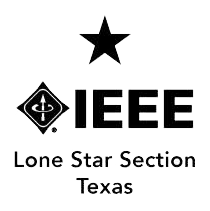
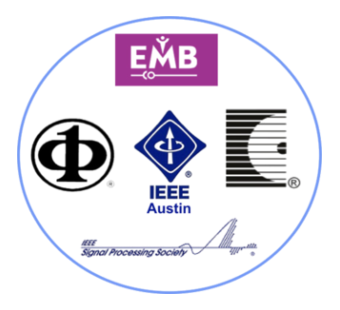

.png%3Fitok=HPhdjq1T)
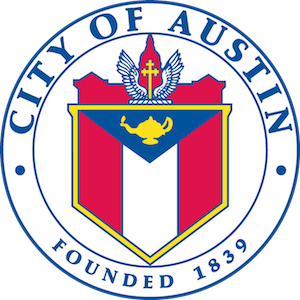
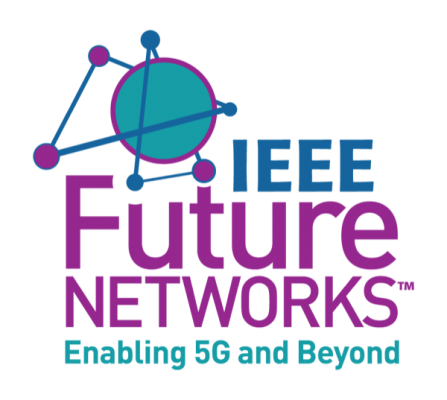
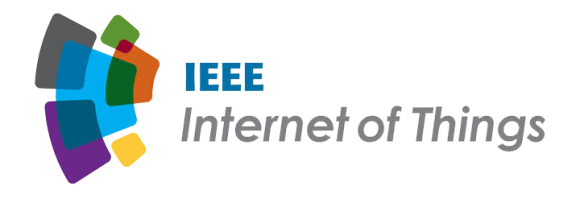
_0.png%3Fitok=n0ncuwzS)